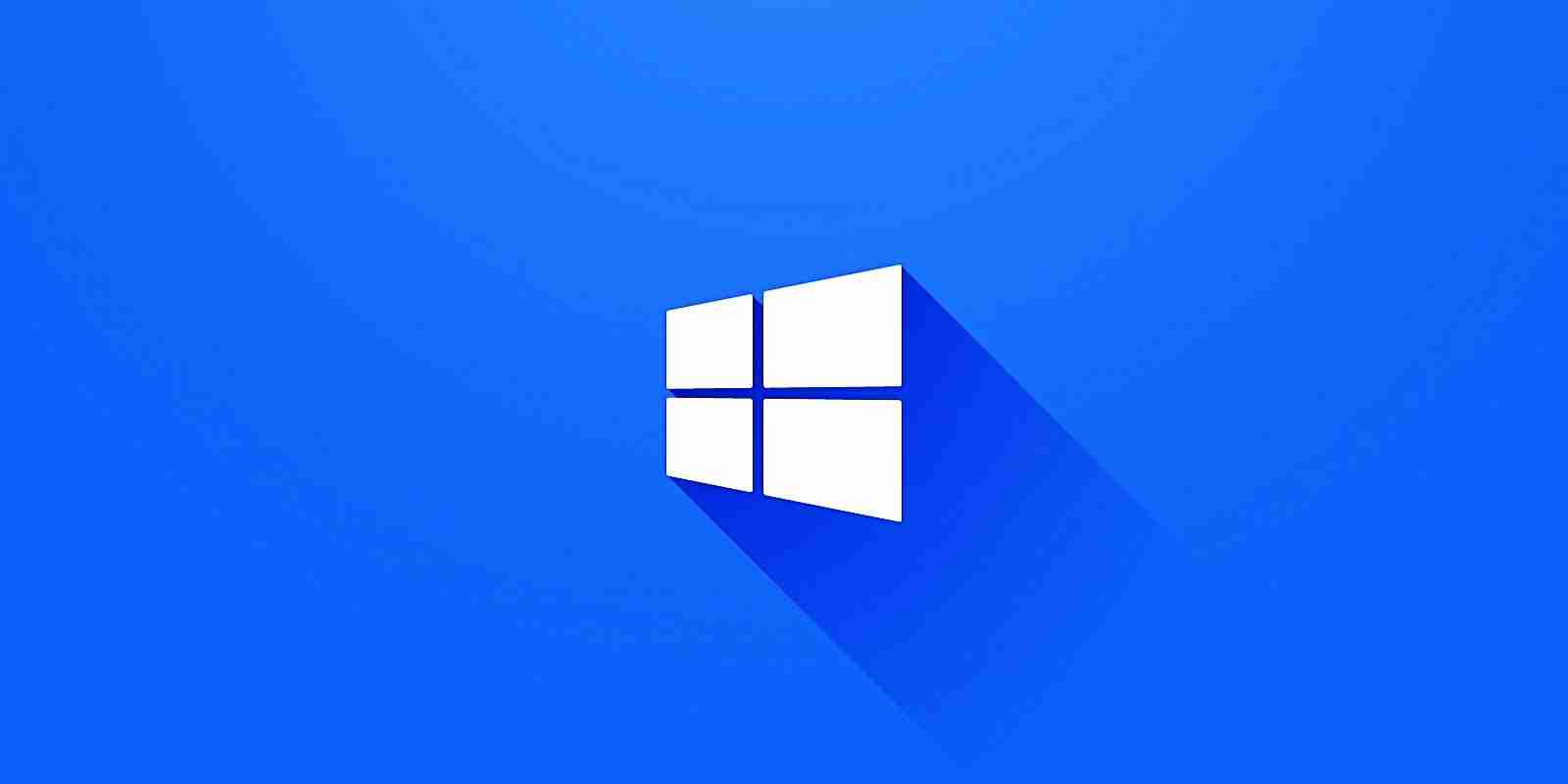KEEP IN TOUCH
Subscribe to our mailing list to get free tips on Data Protection and Cybersecurity updates weekly!







Microsoft has released the Windows 10 1909 KB5000850 cumulative update preview and a new KB5001205 Servicing Stack Update that resolves a Secure Boot vulnerability.
The KB5001205 Servicing Stack Update (SSU) will automatically be installed by Windows Update to improve the update experience. This SSU should not be skipped as it fixes an issue installing a previously released Secure Boot security update.
Also released yesterday is Windows 10 1909 KB5000850 (build 18363.1474), the March 2021 non-security preview “C” update that allows users and businesses to test upcoming fixes before they are released to everyone during the April 2021 Patch Tuesday.
As this is an optional update, Windows 10 will not install it automatically. Instead, users will need to open Windows Update, check for updates, and select to install the preview update when it is offered.
For users still running Windows 10 1809 users, Microsoft released the KB45000854 cumulative update preview but did not release an accompanying SSU update.
Also Read: PDPA Singapore Guidelines: 16 Key Concepts For Your Business
When Microsoft finds bugs related to Windows Update, they release servicing stack updates to resolve the issues and provide a more reliable updating experience.
With the release of the KB5001205 SSU, Microsoft is fixing an issue that causes the CVE-2020-0689 Secure Boot security update not to be installed. CVE-2020-0689 is a vulnerability that could allow attackers to bypass Secure Boot and install untrusted software.
“This update also addresses an issue that might prevent the CVE-2020-0689 update from installing. The error message in the CBS.log file is TRUST_E_NOSIGNATURE. To learn more about this security vulnerability, see CVE-2020-0689 | Microsoft Secure Boot Security Feature Bypass Vulnerability,” the KB5001205 servicing stack update release notes explain.
The SSU update fixes the issue by making sure prerequisite updates are installed in the proper order for the CVE-2020-0689 security update to install without errors.
SSU updates are mandatory and will automatically be installed by Windows 10 through Windows Update.
After installing the Windows 10 1909 KB5000850 cumulative update, the operating system’s build number will be changed to 18363.1474.
The major fixes and improvements in this release are below:
In addition to these fixes, Microsoft notes that Microsoft Edge Legacy will be removed and replaced by the new Chromium-based Microsoft Edge.
This Microsoft Edge replacement will be coming to all users with the April 2021 Patch Tuesday updates.
In addition to the various fixes and improvements in this release, Microsoft has also shared the following known issues.
| Symptom | Workaround |
| System and user certificates might be lost when updating a device from Windows 10, version 1809 or later to a later version of Windows 10. Devices will only be impacted if they have already installed any Latest cumulative update (LCU) released September 16, 2020 or later and then proceed to update to a later version of Windows 10 from media or an installation source which does not have an LCU released October 13, 2020 or later integrated. This primarily happens when managed devices are updated using outdated bundles or media through an update management tool such as Windows Server Update Services (WSUS) or Microsoft Endpoint Configuration Manager. This might also happen when using outdated physical media or ISO images that do not have the latest updates integrated.Note Devices using Windows Update for Business or that connect directly to Windows Update are not impacted. Any device connecting to Windows Update should always receive the latest versions of the feature update, including the latest LCU, without any extra steps. | If you have already encountered this issue on your device, you can mitigate it within the uninstall window by going back to your previous version of Windows using the instructions here. The uninstall window might be 10 or 30 days depending on the configuration of your environment and the version you’re updating to. You will then need to update to the later version of Windows 10 after the issue is resolved in your environment. Note Within the uninstall window, you can increase the number of days you have to go back to your previous version of Windows 10 by using the DISM command /Set-OSUninstallWindow. You must make this change before the default uninstall window has lapsed. For more information, see DISM operating system uninstall command-line options.We are working on a resolution and will provide updated bundles and refreshed media in the coming weeks. |
| Devices with Windows installations created from custom offline media or custom ISO image might have Microsoft Edge Legacy removed by this update but not automatically replaced by the new Microsoft Edge. This issue is only encountered when custom offline media or ISO images are created by slipstreaming this update into the image without having first installed the standalone servicing stack update (SSU) released March 25, 2021 or later.Note Devices that connect directly to Windows Update to receive updates are not affected. This includes devices using Windows Update for Business. Any device connecting to Windows Update should always receive the latest versions of the SSU and LCU without any extra steps. | To avoid this issue, be sure to first slipstream the standalone servicing stack update (SSU) released March 25, 2021 or later into the custom offline media or ISO image before slipstreaming the latest cumulative update (LCU).If you have already encountered this issue by installing the OS using affected custom media, you can mitigate it by directly installing the new Microsoft Edge. If you need to broadly deploy the new Microsoft Edge for business, see Download and deploy Microsoft Edge for business. |
Also Read: Data Protection Officer Singapore | 10 FAQs